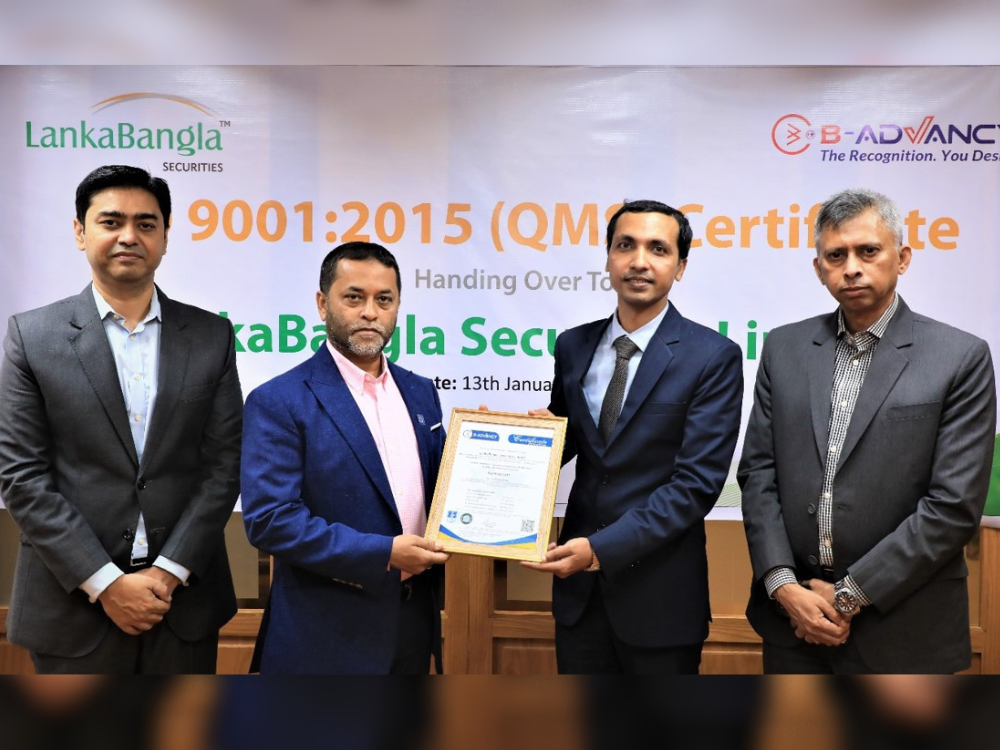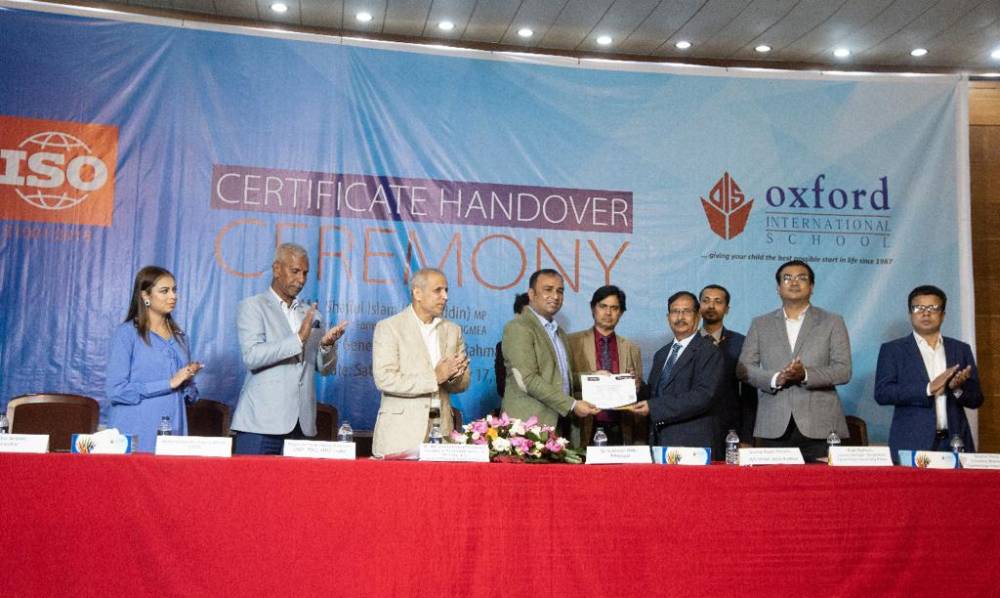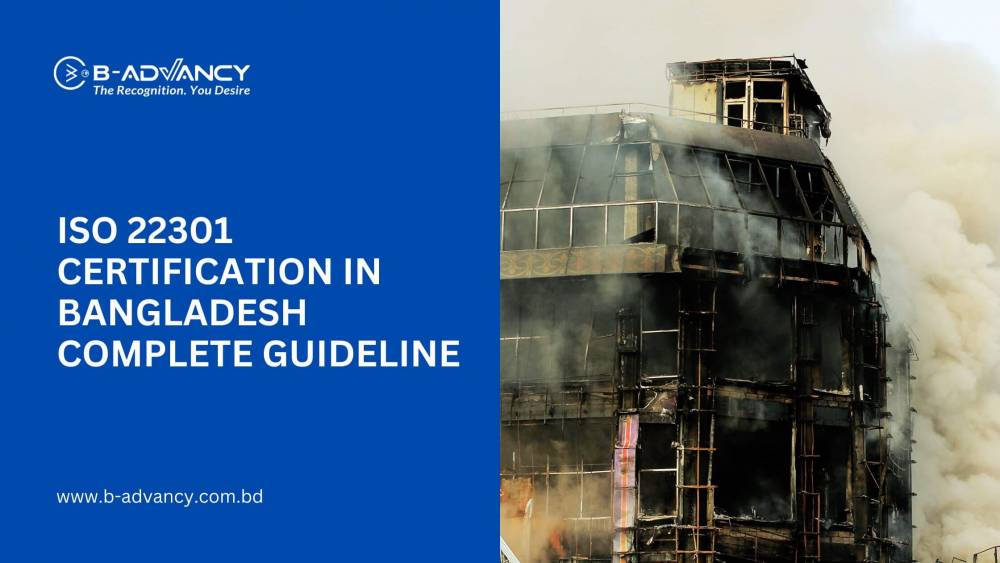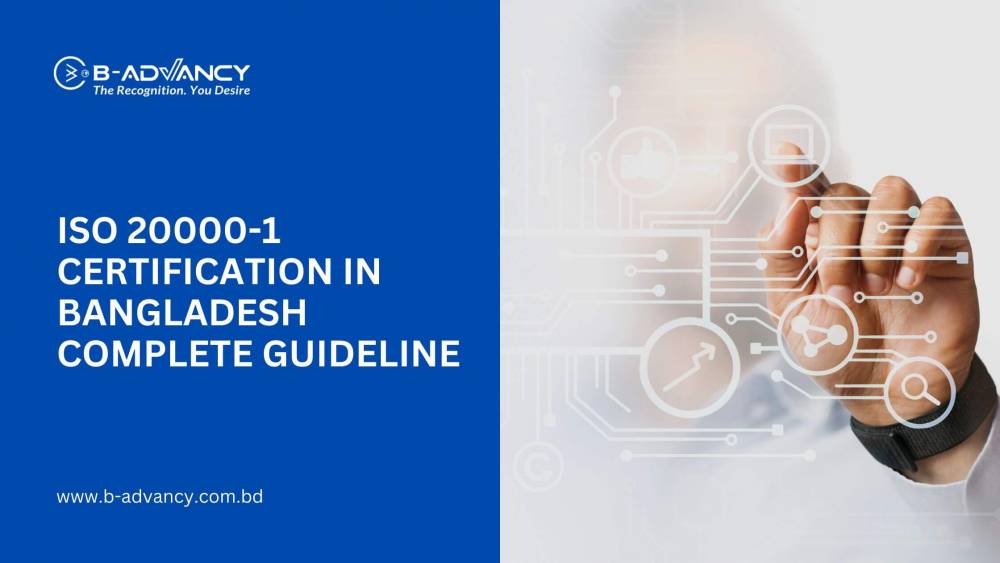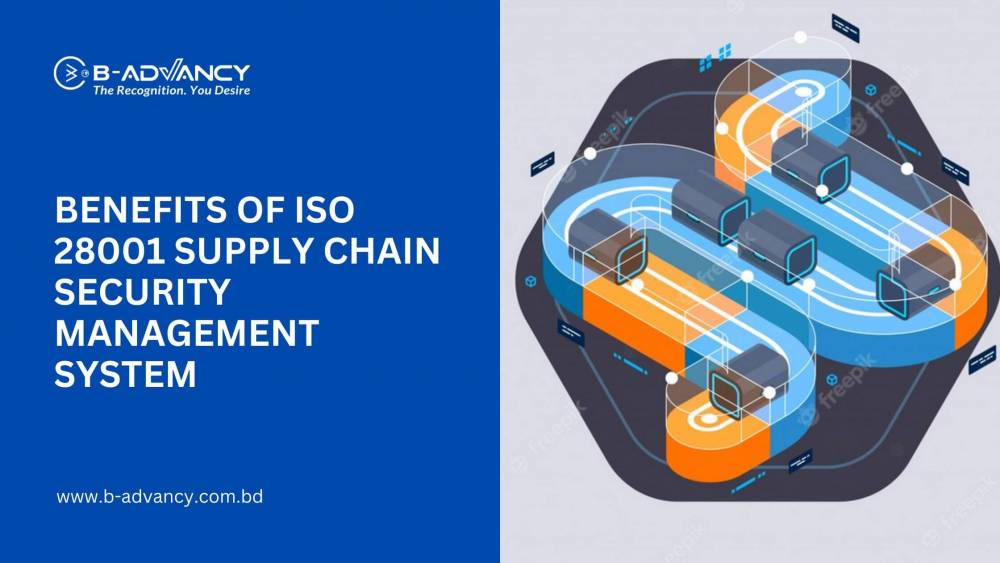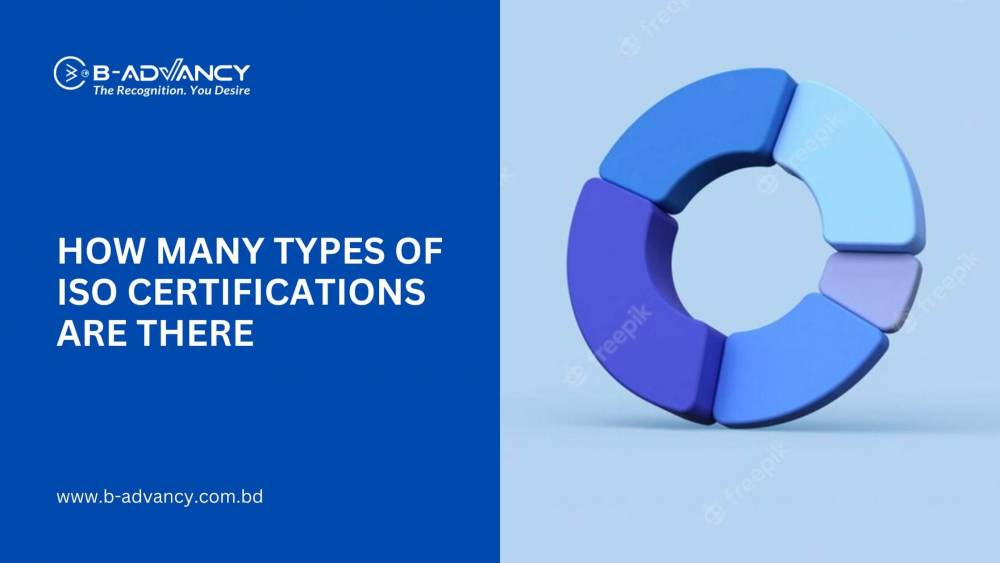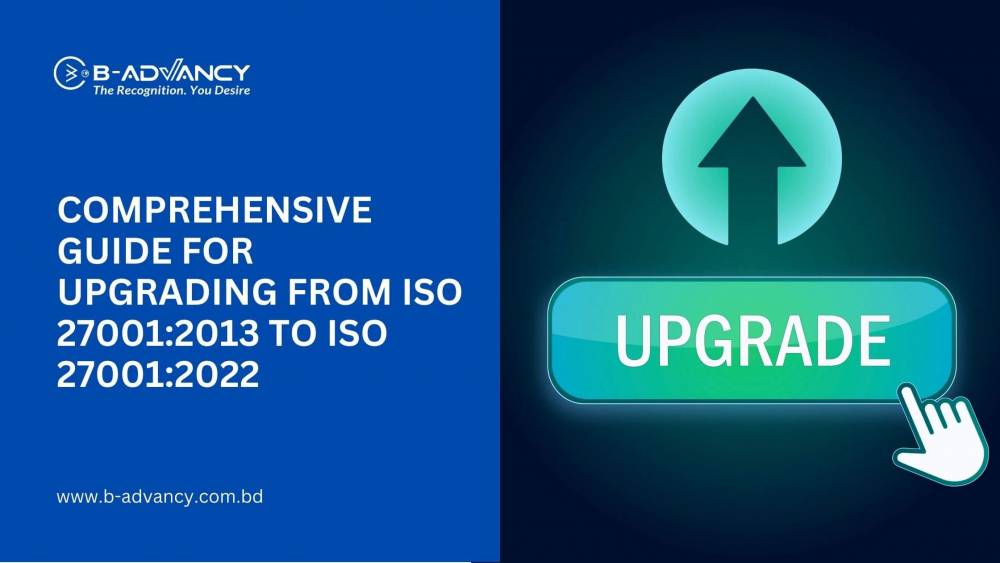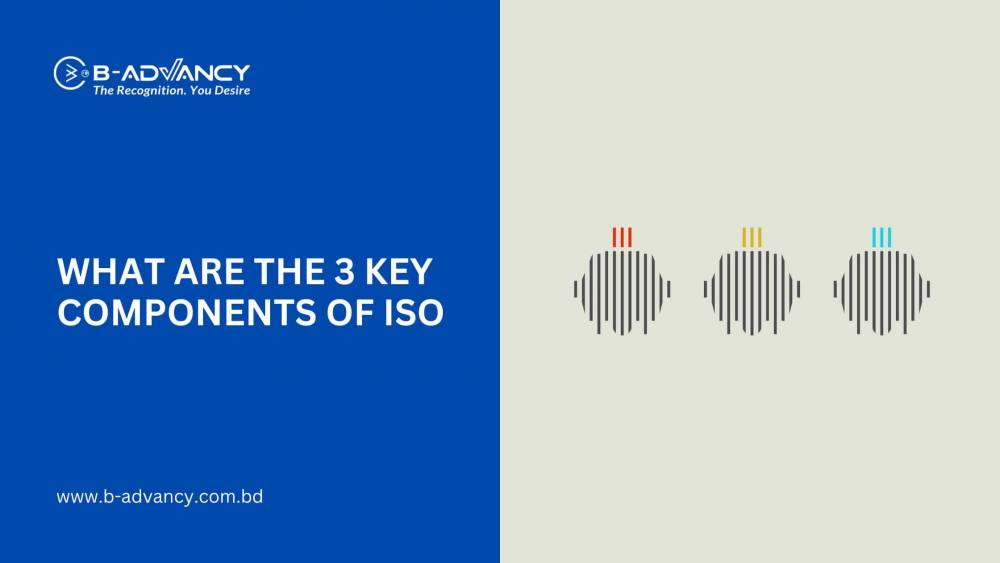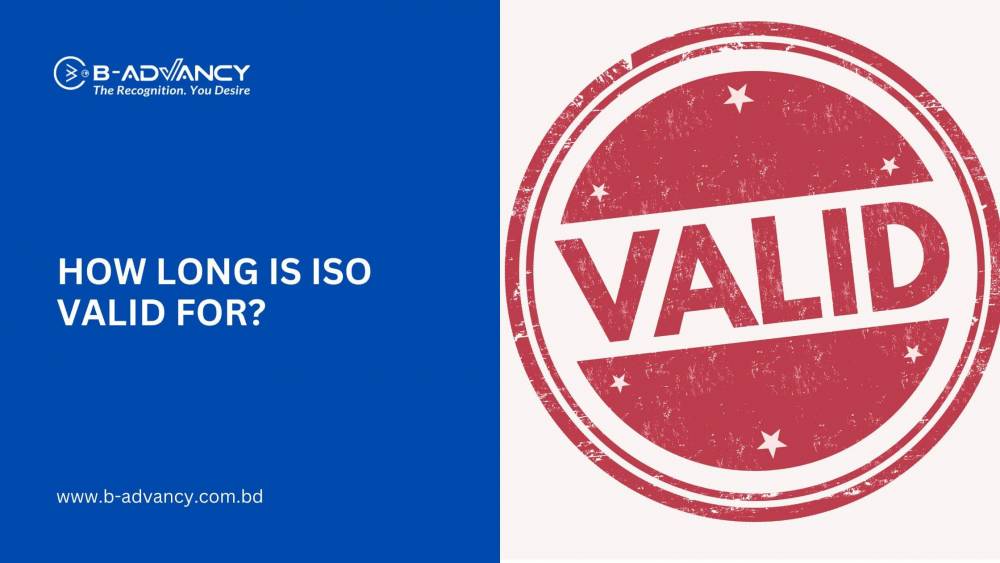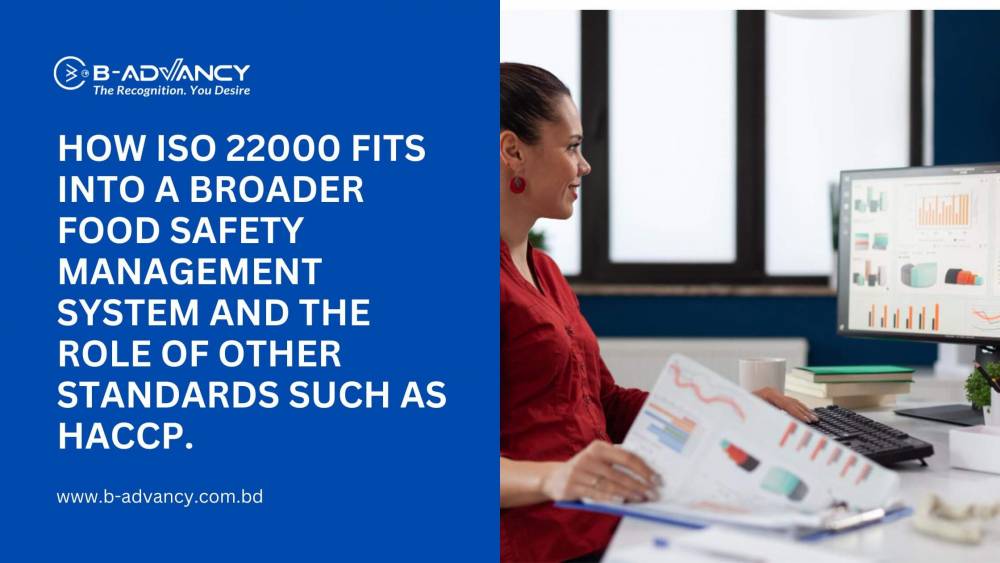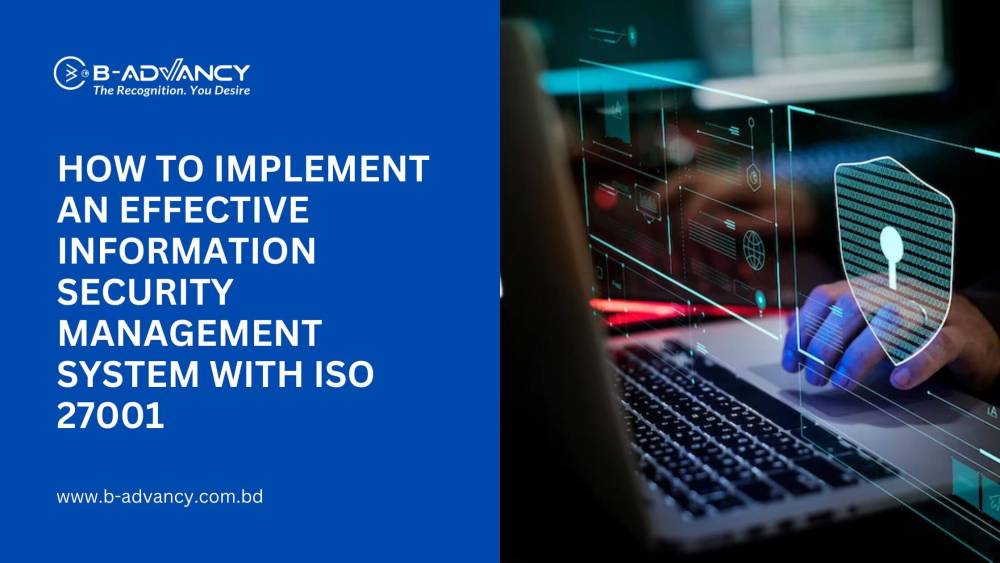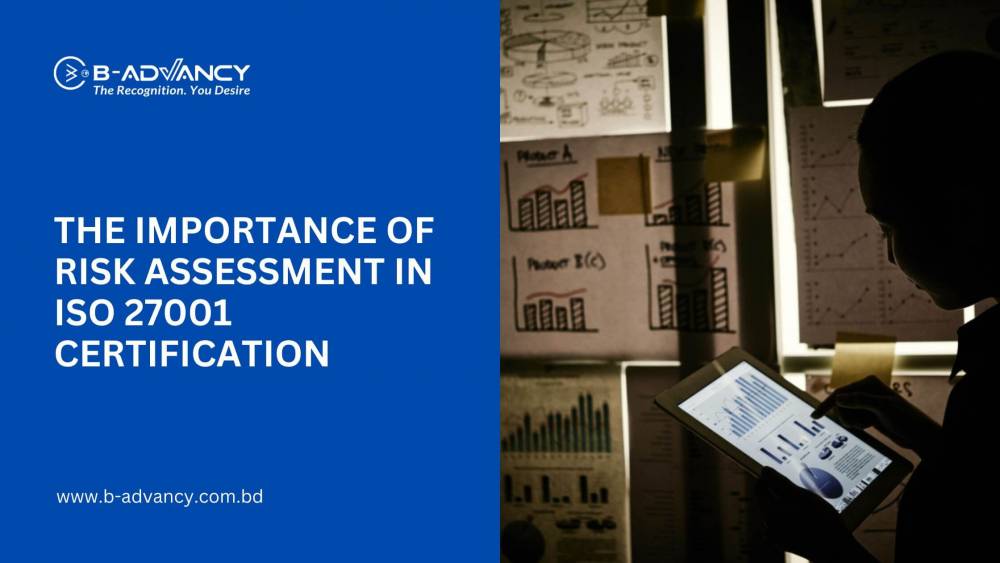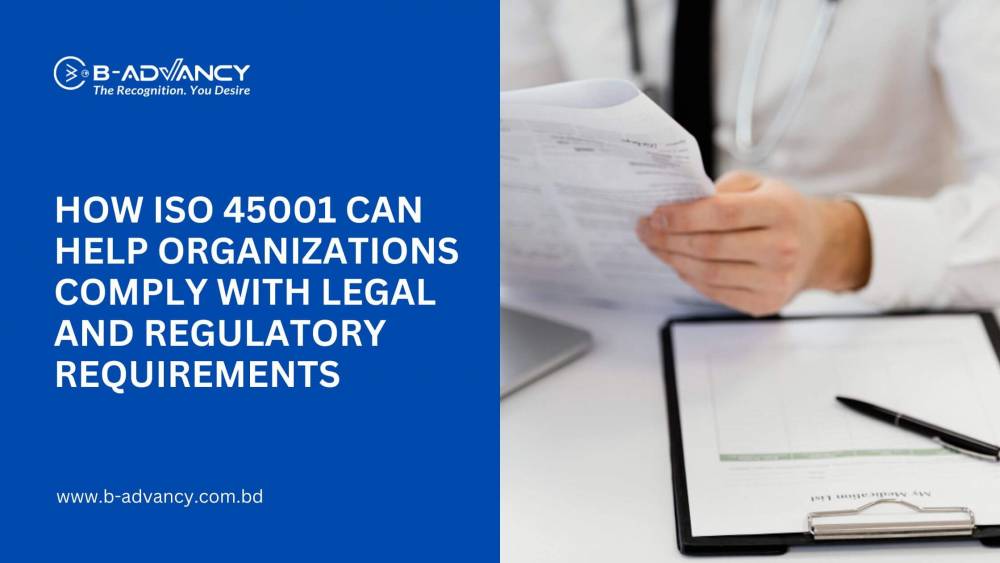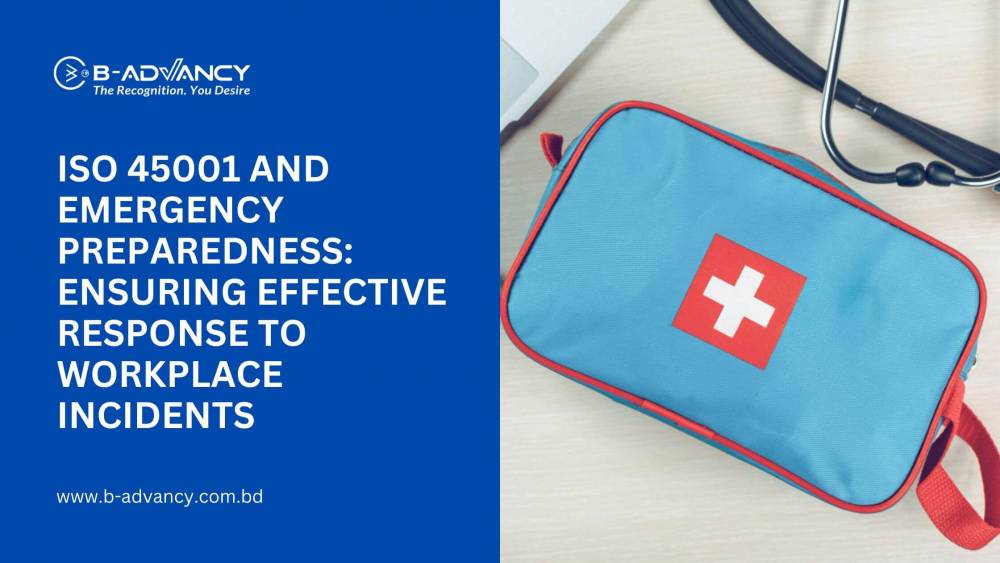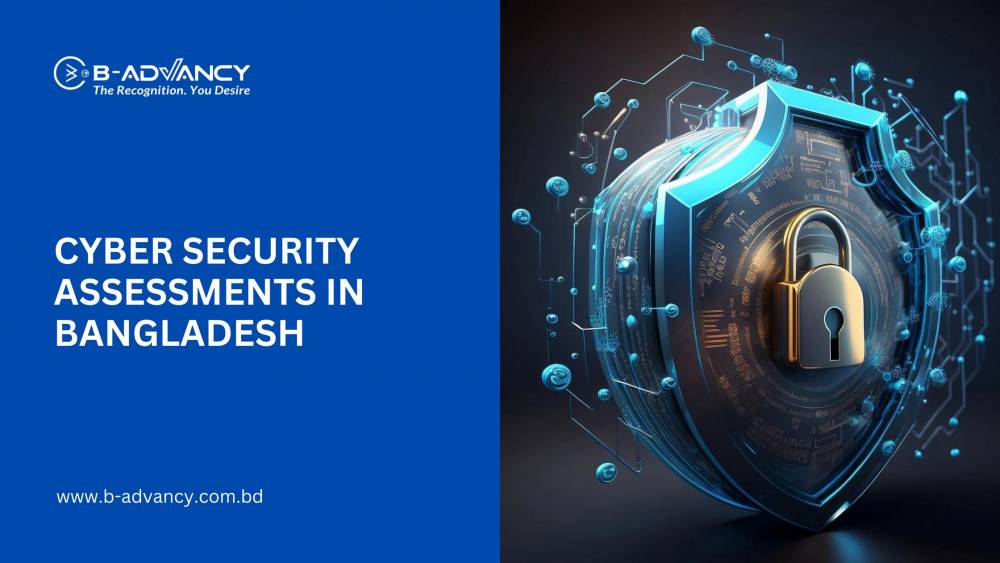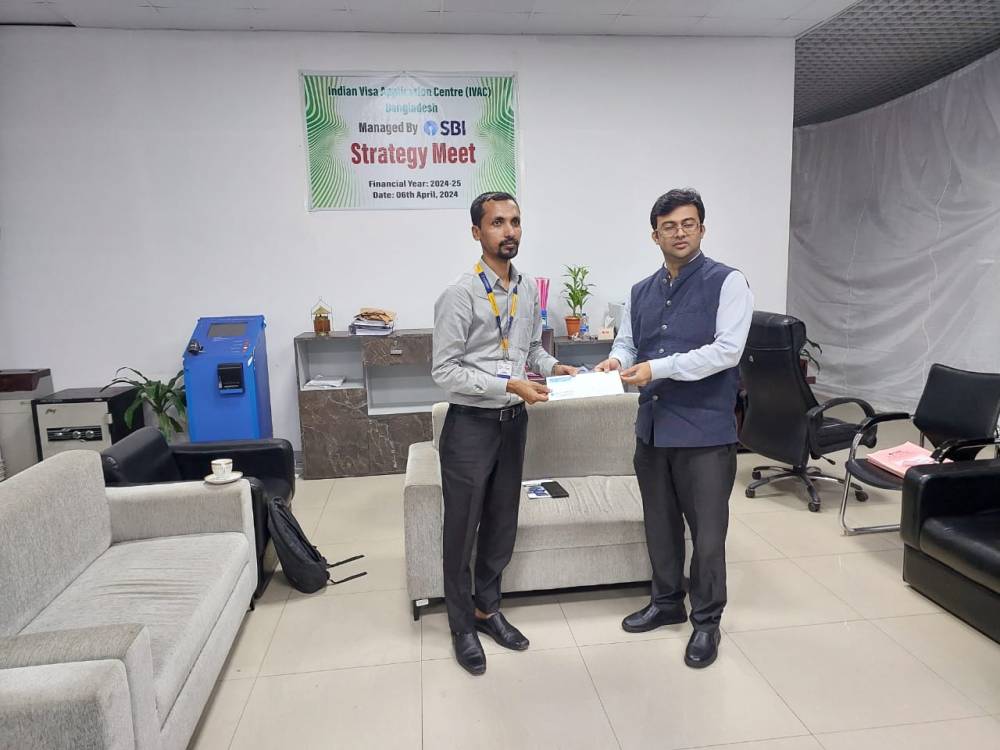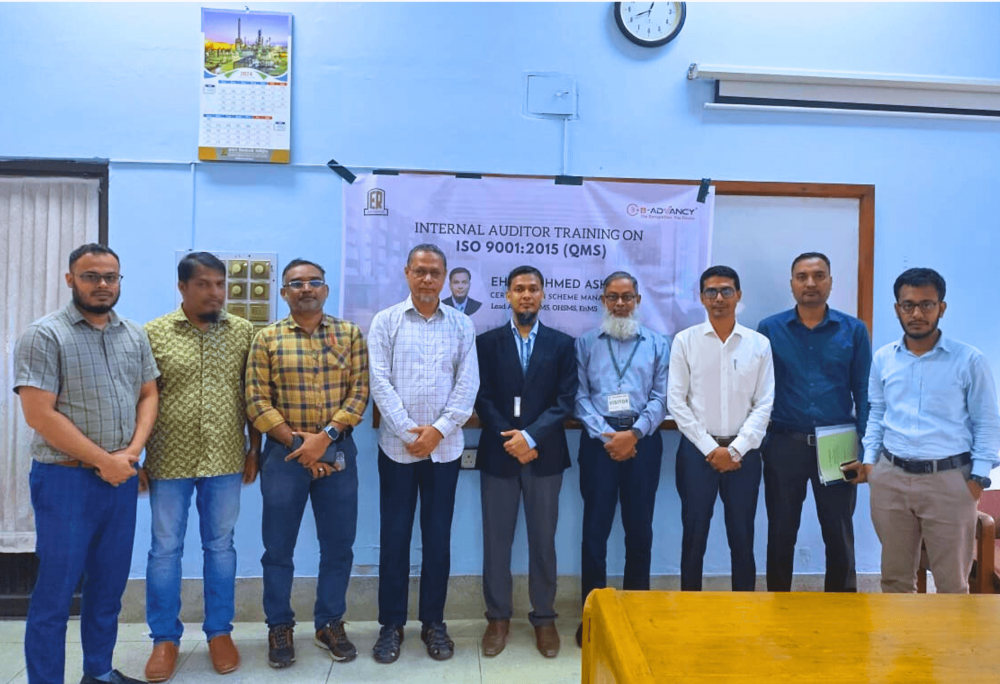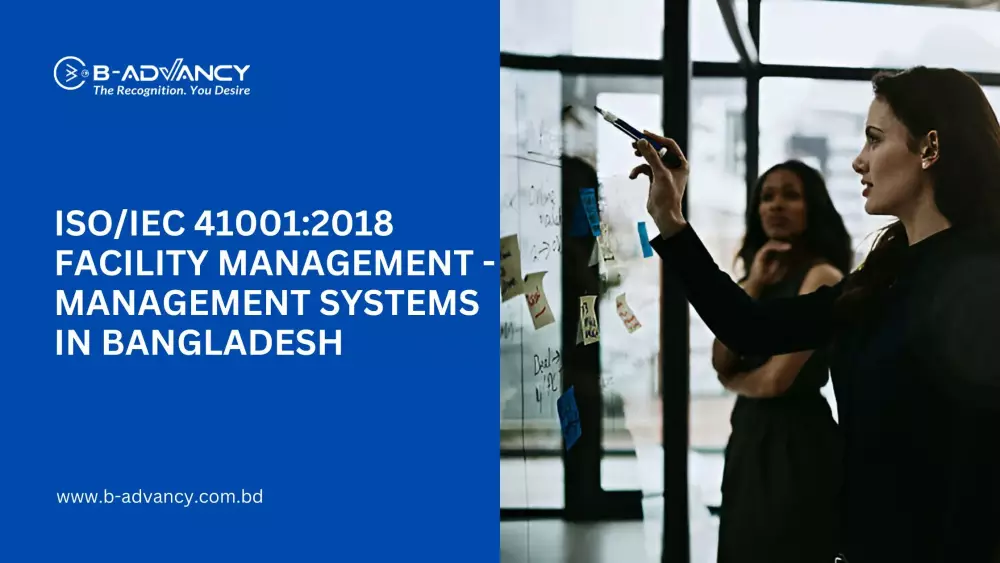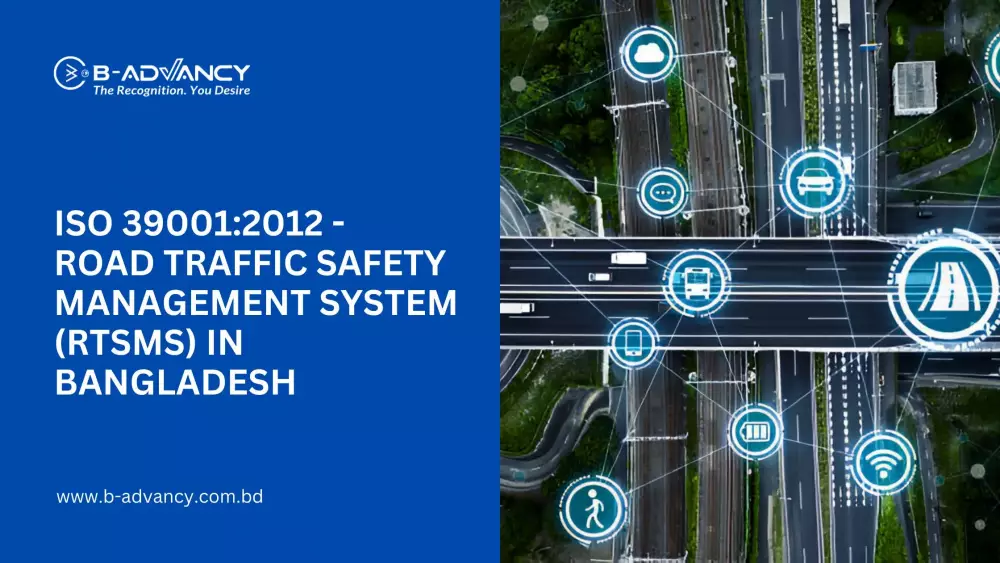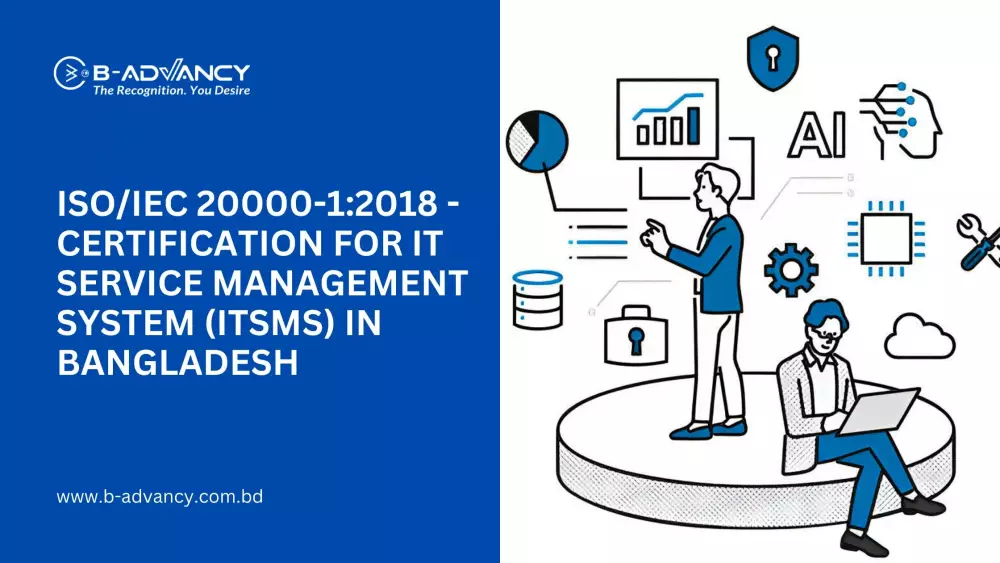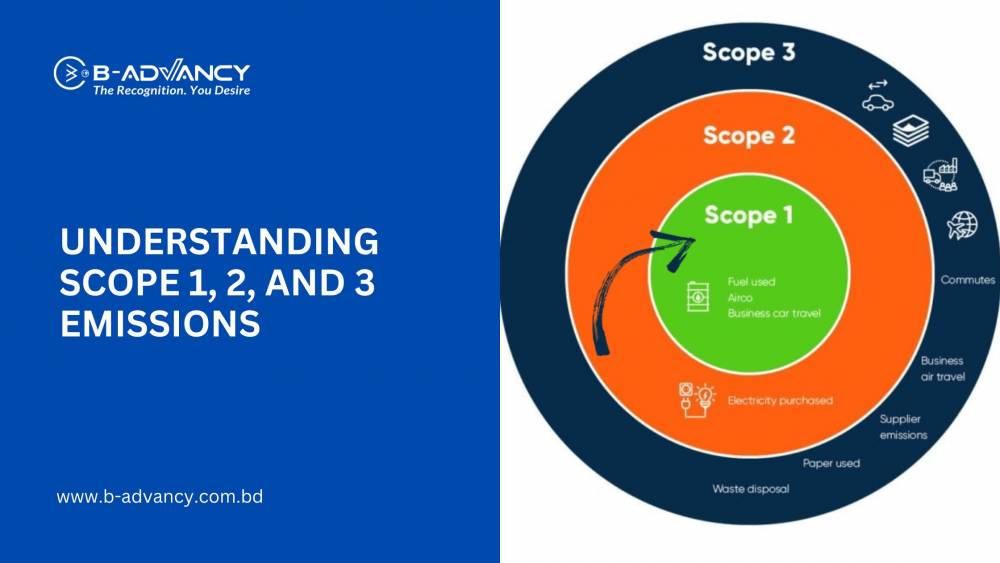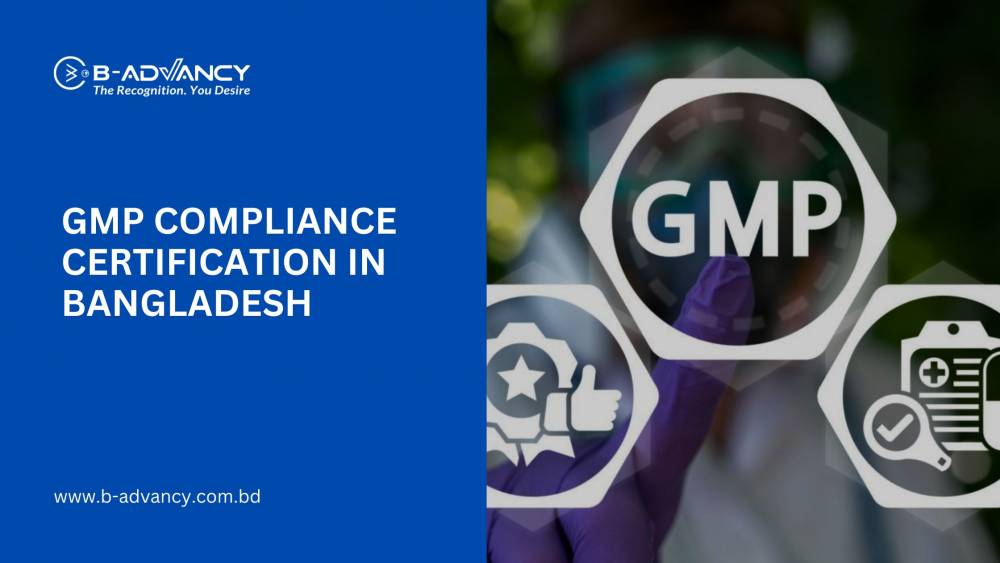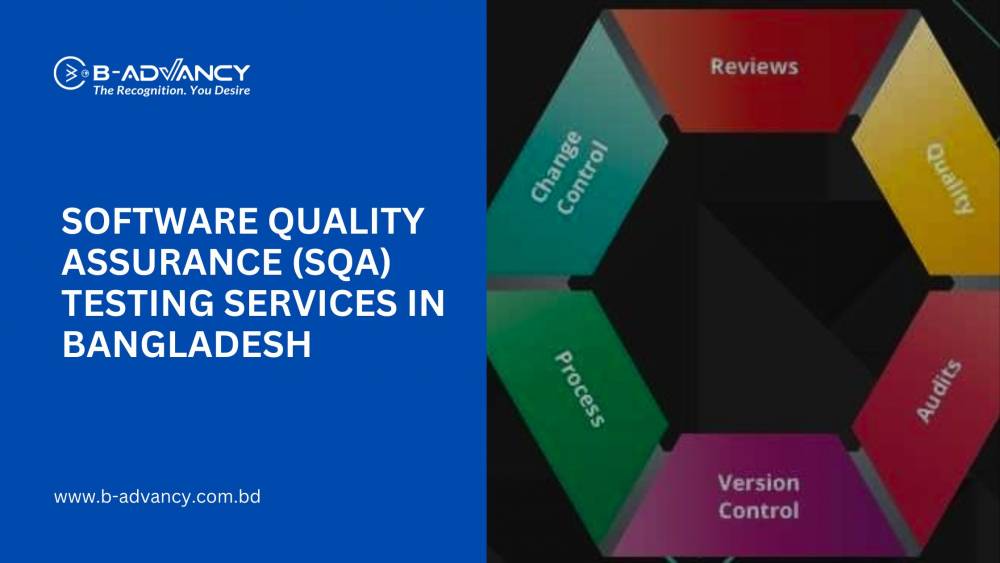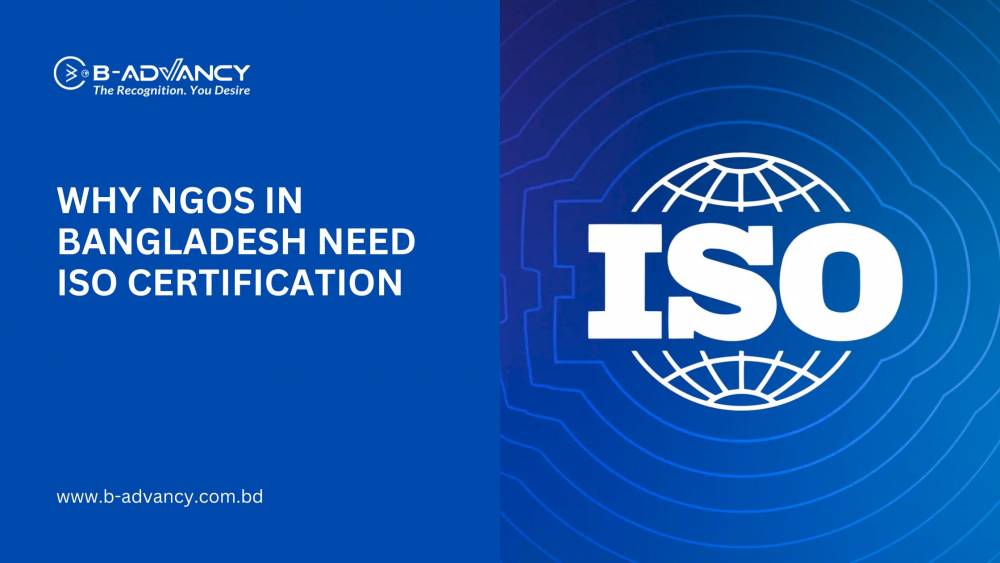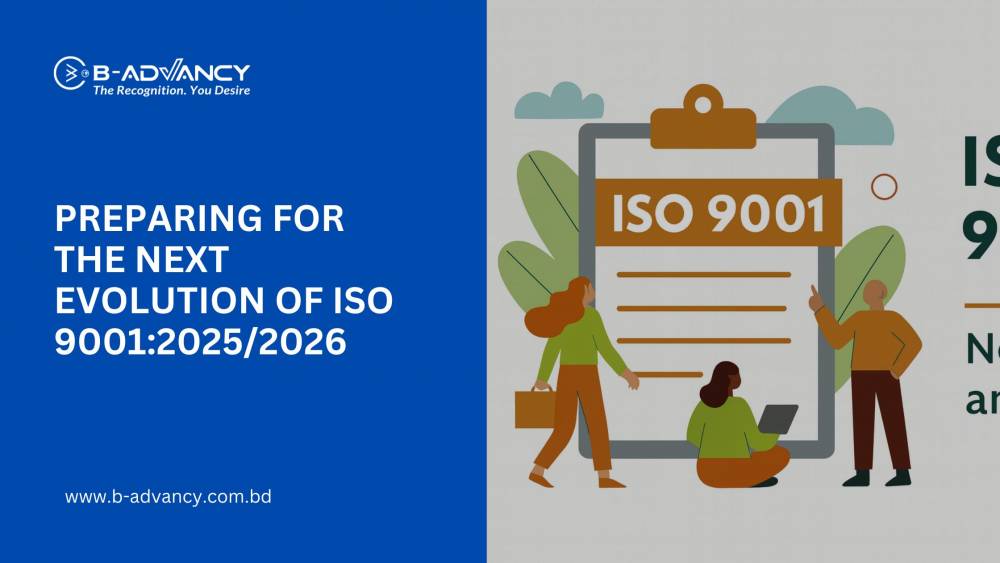The healthcare sector in Bangladesh is undergoing an undeniable and necessary digital transformation. Sophisticated platforms like Hospital Management Systems (HMS) and Laboratory Information Systems (LIS) now manage everything from patient registration and electronic health records to lab analysis and billing. This digital shift boosts efficiency, but it also creates significant new cyber risks, making robust cybersecurity, specifically Vulnerability Assessment and Penetration Testing (VAPT), an absolute necessity.
The Imperative for VAPT in Bangladeshi Healthcare
Digital HMS and LIS platforms manage massive volumes of Protected Health Information (PHI), including diagnostic results, patient demographics, and financial details. This data is incredibly sensitive and highly prized by cybercriminals for identity theft and fraud.
Hospitals are a prime target globally. They face the constant threat of ransomware, which can paralyze critical services, directly endangering patient lives. Furthermore, healthcare providers must align their security posture with local legislation, such as the Cyber Security Act 2023, and adhere to international benchmarks like ISO/IEC 27001, especially when engaging in international partnerships or handling global patient data. VAPT provides the essential audit and evidence needed to meet these strict legal and operational standards.
The Dual-Layered VAPT Methodology
VAPT is a structured, dual-phase approach providing a deep, actionable view of a system's security strength.
1. Vulnerability Assessment (VA)
This phase is a systematic, wide-ranging audit designed to identify and quantify security flaws. The process begins with asset discovery, where all networked systems, IP addresses, and applications within the defined scope are identified. Security analysts then use automated scanning tools to detect known vulnerabilities, misconfigurations, and outdated software. Finally, the VA team manually validates these scan results to eliminate 'false positives' and prioritizes the genuine vulnerabilities by their potential impact, often using the CVSS (Common Vulnerability Scoring System) to rank them as Critical, High, Medium, or Low risk.
2. Penetration Testing (PT)
This phase moves beyond identification; it simulates a real-world, adversarial cyberattack to exploit validated vulnerabilities. This crucial step provides concrete evidence of how far an attacker could breach the system.
-
External Penetration Testing simulates an attack from outside the network, targeting firewalls, web servers, and VPNs to test the organizational perimeter.
-
Internal Penetration Testing simulates an attack by a compromised insider, testing if a breach (e.g., a staff member's infected computer) can move laterally across the internal network to access high-value assets.
-
Application Penetration Testing specifically focuses on the HMS and LIS software itself, looking for logic flaws, session management issues, and common web weaknesses like those outlined in the OWASP Top 10.
Scope of VAPT in a Healthcare Environment
A thorough VAPT must cover the entire, complex technology ecosystem of a modern hospital or laboratory, leaving no digital stone unturned.
For the Hospital Management System (HMS), testing covers the patient portals (authentication and data segregation), Electronic Health Records (EHR/EMR) modules (ensuring data encryption and strict access controls), and billing/financial modules (checking payment gateway security).
For the Laboratory Information System (LIS), the focus is on the security of Integration Points (APIs) that connect the LIS to diagnostic equipment and external doctor portals, as well as the integrity of the sample tracking and reporting modules.
Beyond applications, VAPT addresses the core Network and Infrastructure, including perimeter security (firewalls and VPNs), the configuration hardening and patching status of database servers storing PHI, and the security of increasingly common Medical IoT Devices like connected diagnostic machines and sensors.
The Detailed VAPT Execution Flow
A professional VAPT engagement follows a rigorous, non-disruptive, multi-step process:
-
Planning and Scoping: This initial step legally and technically defines all assets to be tested and establishes a formal "Permission to Attack" to ensure all activities are ethical and legal.
-
Information Gathering: Security analysts collect details about the network structure and systems to understand potential attack vectors, mapping out the full attack surface.
-
Execution (VA & PT): This is where automated scans identify flaws, and certified ethical hackers attempt manual exploitation to create a Proof of Concept (PoC), demonstrating the real-world business impact of a vulnerability.
-
Analysis and Reporting: All findings are analyzed for likelihood and impact, leading to a comprehensive technical report and an executive summary. Crucially, this step provides an Actionable Remediation Plan, prioritizing fixes by risk level.
-
Remediation: The hospital's IT team applies patches, fixes code, tightens configurations, and updates policies based on the VAPT report.
-
Re-testing and Validation: The VAPT team performs a final check on all critical and high-risk vulnerabilities to formally confirm that the fixes are effective. This results in a Certificate of Closure, validating the security improvements.
Conclusion: Securing Tomorrow's Healthcare Today
As digital healthcare becomes the standard in Bangladesh, cybersecurity is no longer an option—it is a fundamental component of patient care and trust. VAPT for Hospital Management and Laboratory Information Systems is the most effective proactive measure an organization can take. By regularly identifying and neutralizing vulnerabilities, hospitals and labs can achieve essential compliance with national and international standards, prevent catastrophic financial losses from cyber incidents, and, most importantly, protect the integrity of patient data and the continuity of life-saving services. Investing in VAPT today secures the digital foundation of tomorrow’s healthcare innovation in Bangladesh.


